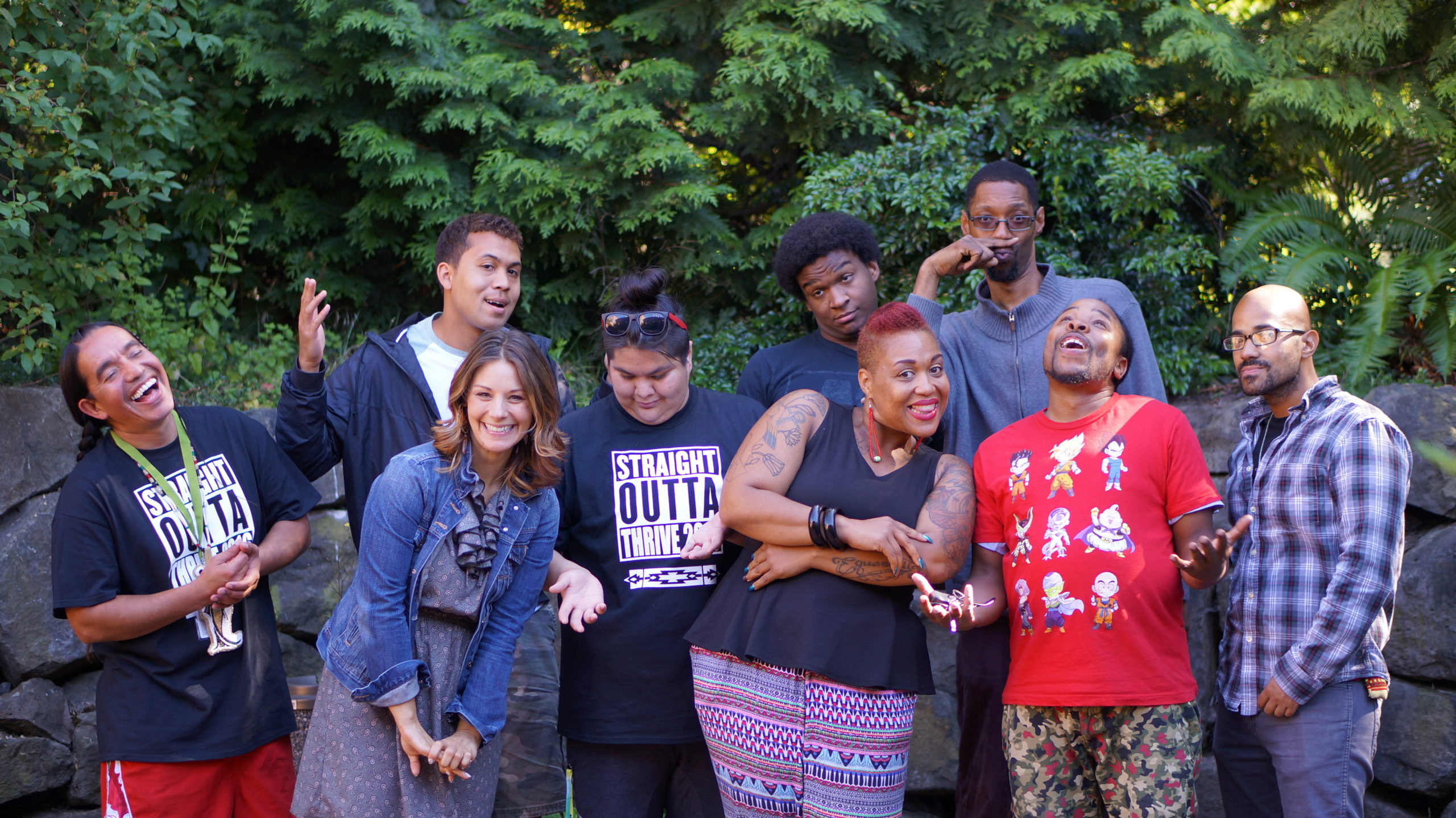This article was written when the the world was mourning Daunte Wright, a young Black man whose life was taken by a Minnesota police offer. The officer who shot him during a routine traffic stop claims that she mistook her gun for a taser. Over the past several years, the cries of “Black Lives Matter” have echoed in gatherings across the country, and American citizens are demanding changes in the US law enforcement system and other systems that contain biased policies that are consistently harmful to people of color.
As Indigenous people, these intentional or non-intentional acts of harm feel all too familiar. Another life lost is met, yet again, with lines of police and national guard members, upholding and defending the institutions and systems that continue to take the lives of people of color.
The parallels between the Black Lives Matter Movement and movements for Indigenous Sovereignty are interconnected. Standing in solidarity with and joining Black and Afro-Indigenous relatives in breaking down systems grounded in keeping people of color down have the potential to liberate all of us one day and revitalize our communities.
Structural biases are revealed in ways that also impact Tribal communities and Indigenous people. For example, Missing and Murdered Indigenous People (MMIP) is an epidemic and made possible because of these incredibly biased structural policies and laws. Native American and Alaska Native women experience violence at disproportionate rates (in part because of how we are portrayed in popular media), but also because of the federal policies that impact Tribes’ ability to prosecute non-Native perpetrators of violence against Native women. This means many victims and their families are unable to seek reparations. This further contributes to the problem of MMIP. It is also an example of the US government not honoring the sovereign authority of Tribes as independent nations to make decisions about the how they govern and protect their people on tribal lands.
MMIP, Land Stewardship, Water is Life, and other Indigenous movements are intertwined and share the same overall goal as the Black Lives Matter movement. We can honor both Black lives and Indigenous Sovereignty by youth-led change and community action.
There are many ways to show our support with Black Lives Matter:
- Learn more about the Black Lives Matter movement
- Learn about the 1619 Project
- Check out the NPRs Code Switch Podcast
Author: Tamee Livermont is a citizen of the Oglala Lakota Nation. Her passion and interests lie in youth-lead action to create healthier, safer communities for generations to come. She is pursuing a career in medicine and policy. In her free time she is enjoys hiking and quilting.


